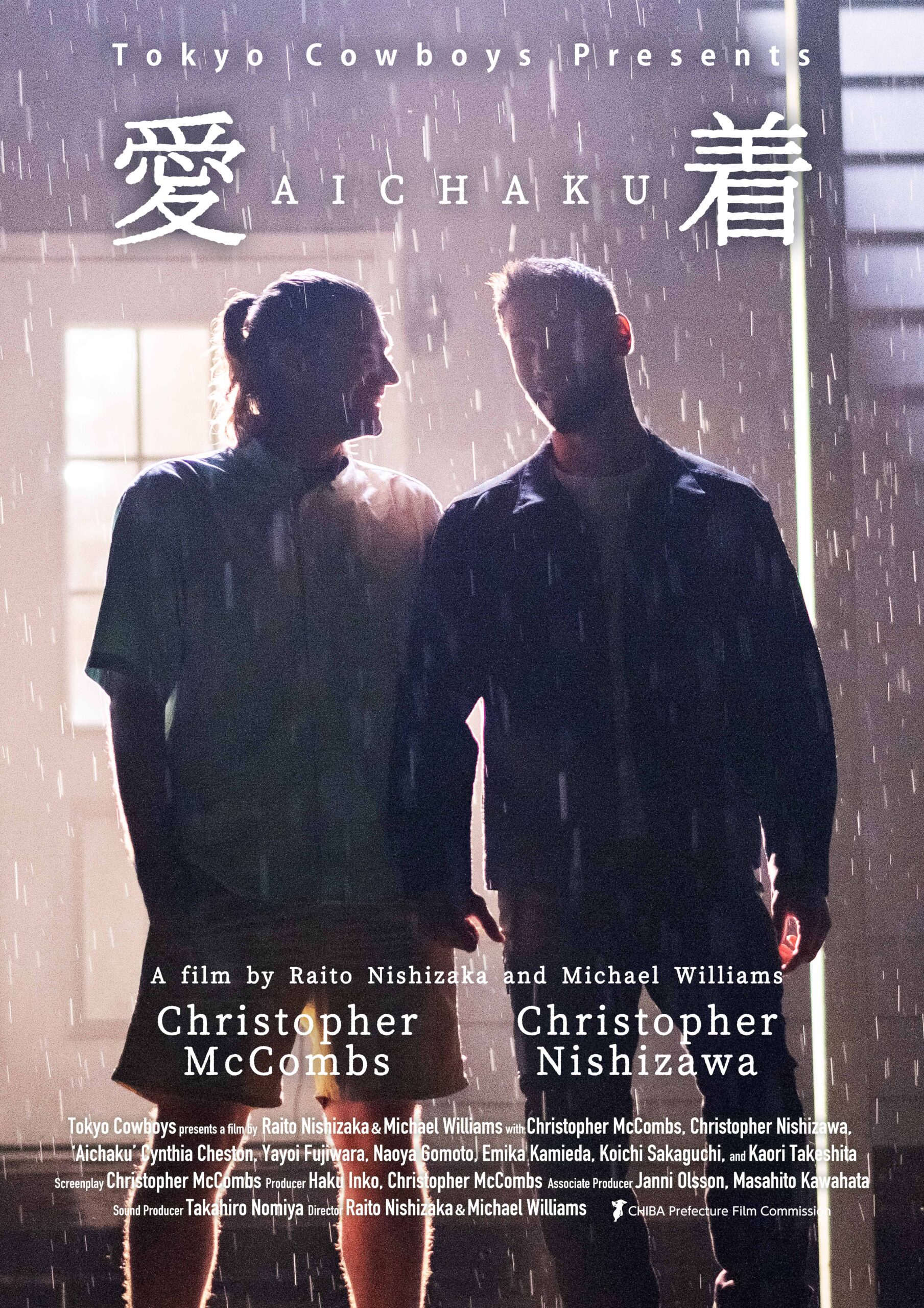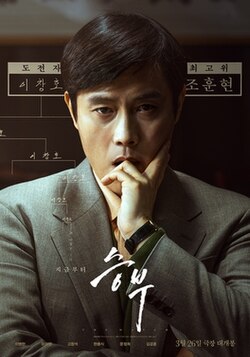
The Japanese film industry has long been renowned for its diverse storytelling, innovative cinematic techniques, and deep cultural insights. Among its contemporary works, "Aichaku" stands out as a compelling film that captures complex human emotions and societal themes. This article provides a comprehensive overview of "Aichaku," exploring its plot, characters, visual style, reception, and cultural significance. Whether you are a cinephile or a casual viewer, understanding this film offers a window into modern Japanese cinema and the societal nuances it portrays.
Overview of the Japanese Film "Aichaku" and Its Cultural Significance
"Aichaku" is a Japanese drama film released in 2023, directed by acclaimed filmmaker Hiroshi Takeda. The title, which translates to "Love Lock," symbolizes the intertwined destinies and emotional bonds that form the core of the narrative. The film delves into themes of love, loss, societal expectations, and personal identity, resonating deeply with contemporary Japanese society. Its exploration of these themes reflects ongoing conversations about individual freedom versus societal conformity, a recurring motif in Japanese cinema.
Culturally, "Aichaku" is significant for its portrayal of modern relationships set against the backdrop of traditional Japanese values. It challenges viewers to consider the tension between individual desires and societal pressures, a common dilemma faced in Japan. The film also highlights regional cultural nuances, such as local dialects and customs, enriching its authenticity. Its nuanced storytelling and emotional depth have made it a noteworthy contribution to Japan’s cinematic landscape, sparking discussions about gender roles, emotional expression, and societal change.
Furthermore, "Aichaku" has gained recognition for its subtle critique of social norms, subtly questioning the rigidity of traditional expectations. It also emphasizes the importance of emotional honesty and personal growth, themes that resonate universally but are particularly poignant within Japanese cultural contexts. The film’s cultural significance is amplified by its ability to blend contemporary issues with traditional storytelling techniques, making it both a reflection and a critique of modern Japanese society.
The film’s reception extends beyond Japan, as it has been showcased at various international film festivals, helping to promote Japanese culture and cinematic artistry globally. Its success underscores the global interest in Japanese films that explore socially relevant themes with artistic finesse. "Aichaku" thus stands as a meaningful cultural artifact, offering insights into Japan’s evolving social fabric while maintaining artistic integrity.
In summary, "Aichaku" is more than just a cinematic work; it is a mirror reflecting the complexities of contemporary Japan. Its cultural significance lies in its ability to address universal themes through a distinctly Japanese lens, fostering empathy and understanding among diverse audiences. As a piece of modern Japanese cinema, it contributes to ongoing dialogues about societal change, personal identity, and emotional resilience.
Plot Summary and Key Themes Explored in "Aichaku"
"Aichaku" follows the story of Emi, a young woman living in a small coastal town, who finds herself at a crossroads after a series of personal upheavals. The narrative begins with Emi’s struggle to reconcile her traditional family expectations with her desire for independence and self-discovery. Her life takes an unexpected turn when she encounters Ryo, a mysterious outsider with a troubled past. Their relationship forms the emotional core of the film, illustrating themes of connection, vulnerability, and healing.
Throughout the film, the plot weaves between Emi’s personal journey and broader societal issues, such as gender roles and societal judgment. The narrative explores how cultural expectations can constrain individual choices, especially for women in conservative communities. The film also examines the concept of "aichaku" — the emotional bonds that tie people together — highlighting how these connections can be both a source of strength and pain. The characters’ development underscores the importance of authenticity and emotional honesty.
Key themes in "Aichaku" include love and loss, personal growth, and societal conformity. Emi’s evolving relationship with Ryo symbolizes the tension between embracing one’s true self and succumbing to societal pressures. The film portrays the internal conflicts faced by individuals striving for authenticity in a culture that often values harmony over personal expression. It also addresses themes of forgiveness and acceptance, emphasizing that healing often requires confronting painful truths.
Another significant theme is the complexity of human relationships. The film emphasizes that love is rarely straightforward and often involves navigating emotional scars and societal expectations. It explores the idea that genuine connection requires vulnerability and courage, challenging viewers to reflect on their own relationships and emotional openness. "Aichaku" ultimately advocates for embracing emotional honesty as a path toward healing and self-acceptance.
The narrative’s layered storytelling and character arcs encourage viewers to consider the multifaceted nature of human emotions. It questions the notion of perfect happiness and suggests that personal growth often involves confronting discomfort and uncertainty. The film’s themes resonate universally, making it relevant beyond Japanese cultural contexts, while still rooted in Japan’s social fabric.
Main Cast and Character Analysis in the Film "Aichaku"
The film features a talented ensemble cast led by actress Aya Nakamura as Emi, whose nuanced performance captures the complexity of her character’s emotional journey. Nakamura’s portrayal of Emi is both subtle and powerful, showcasing her internal struggles with societal expectations and personal desires. Her portrayal allows viewers to empathize deeply with Emi’s vulnerability, resilience, and eventual self-acceptance.
Ryo, played by actor Takashi Mori, is a mysterious outsider whose troubled past and guarded demeanor initially create a sense of distance. Mori’s performance brings depth to Ryo, revealing layers of emotional pain and longing that gradually unfold throughout the film. His evolving relationship with Emi highlights themes of trust, redemption, and emotional openness, making him a pivotal character in the narrative.
Supporting characters include Emi’s family members, who embody traditional values and societal pressures. Her father, played by Kenji Takahashi, represents authority and societal expectations, often clashing with Emi’s desire for independence. Conversely, Emi’s best friend, Yuki, provides emotional support and represents a modern, progressive perspective, encouraging Emi to pursue her authentic self. These characters serve to contextualize Emi’s personal struggles within her community and family dynamics.
The character analysis reveals that each individual in "Aichaku" embodies different facets of societal and emotional conflict. Emi’s journey from conformity to self-awareness is central to the film’s message, and her interactions with Ryo and her family illustrate the complex web of relationships that influence personal identity. The performances are characterized by authenticity and emotional depth, making the characters’ experiences relatable and impactful.
Overall, the cast’s performances contribute significantly to the film’s emotional resonance. Their nuanced portrayals allow audiences to engage with the characters’ internal conflicts and growth. The character development underscores the film’s themes of love, acceptance, and societal challenge, making "Aichaku" a compelling exploration of human relationships and personal transformation.
Visual Style and Cinematic Techniques Used in "Aichaku"
"Aichaku" employs a distinctive visual style that combines naturalistic lighting with poetic cinematography to evoke mood and emotion. The film utilizes soft, warm tones in intimate scenes, creating a sense of closeness and vulnerability, while cooler, muted colors are used in moments of conflict or introspection. This deliberate color palette enhances the storytelling by subtly reflecting the characters’ emotional states.
The director Hiroshi Takeda makes extensive use of handheld camera work to create a sense of immediacy and intimacy. This technique allows viewers to feel immersed in the characters’ personal worlds, heightening emotional engagement. Additionally, the film incorporates long, uncut shots during pivotal moments, emphasizing the significance of these scenes and allowing audiences to absorb the characters’ emotional nuances without interruption.
Cinematic techniques such as shallow depth of field are employed to focus attention on characters’ faces and subtle expressions, revealing unspoken emotions. The film also features carefully composed framing that juxtaposes characters against traditional Japanese settings—such as temples, rice fields, and coastal landscapes—highlighting the cultural backdrop and reinforcing themes of tradition versus modernity. These visual choices deepen the narrative’s emotional and cultural layers.
Symbolism plays a vital role in the film’s visual storytelling. For instance, scenes featuring intertwined locks or chains metaphorically represent emotional bonds and constraints, resonating with the theme of "aichaku" or love locks. The use of reflective surfaces and mirrors often signifies self-reflection and identity exploration, reinforcing the characters’ internal conflicts. Such techniques enrich the film’s poetic quality.
Overall, "Aichaku" demonstrates a masterful blend of cinematography and visual storytelling that elevates its narrative. The thoughtful use of lighting, camera work, and symbolism creates an evocative atmosphere that draws viewers into the characters’ emotional worlds. These cinematic techniques not only enhance aesthetic appeal but also serve the film’s deeper thematic exploration.
Critical Reception and Audience Responses to "Aichaku"
Upon its release, "Aichaku" received widespread critical acclaim for its emotional depth, nuanced performances, and artistic cinematography. Critics praised the film’s ability to balance personal storytelling with broader societal themes, describing it as a thought-provoking and heartfelt piece of cinema. Many highlighted Aya Nakamura’s compelling portrayal of Emi as a standout element that brought authenticity to the narrative.
Audience responses have been equally positive, with viewers expressing appreciation for the film’s relatable characters and realistic depiction of complex relationships. The film resonated particularly with younger audiences who see their own struggles reflected in Emi’s journey toward self-acceptance. Its honest portrayal of societal pressures and emotional vulnerability struck a chord, fostering meaningful discussions among viewers.
Film festivals and international critics also lauded "Aichaku" for its cultural authenticity and artistic merit. The film was awarded several accolades, including Best Director at the Tokyo International Film Festival and a Special Jury Prize. Its success on the festival circuit helped elevate its profile globally, attracting audiences outside Japan who are interested in socially conscious cinema.
However, some critics pointed out that the film’s slow pacing and subtle storytelling might not appeal to all viewers, especially those accustomed to more fast-paced narratives. Despite this, the overall consensus remains positive, with many emphasizing that "Aichaku" offers a rich, emotionally rewarding viewing experience that rewards attentive watching.
Social media platforms have




